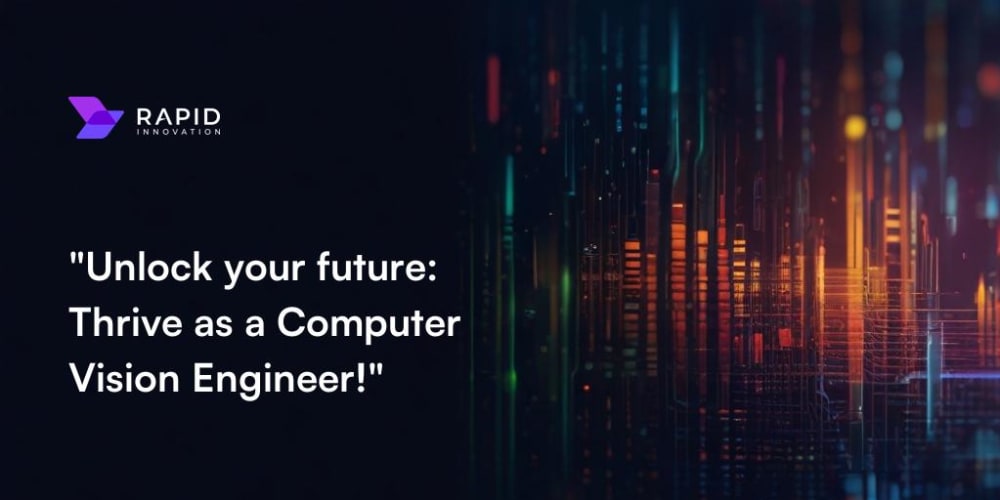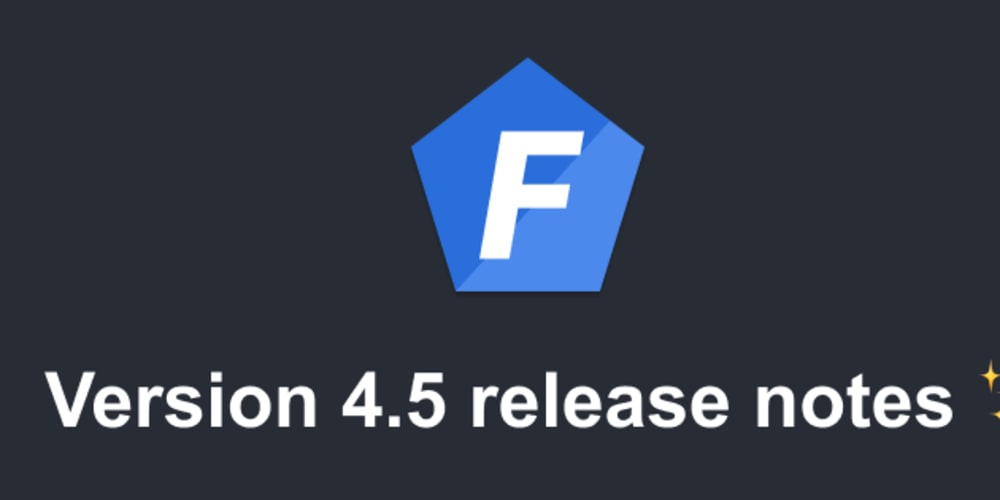A headless Content Management System (CMS) is a back-end only content management system built from the ground up as a content repository. It makes content accessible via an API for display on any device, without a built-in front-end or presentation layer. This architecture separates the content creation and storage (the "body") from the presentation layer (the "head"), hence the term "headless."
In today's digital era, headless CMS has become increasingly crucial for several reasons:
- Flexibility in front-end technology choices
- Omnichannel content delivery
- Improved performance and scalability
- Future-proofing content architecture
- Enhanced security through decoupled systems
Comparison table of 10 Best Headless CMS:
1. Contentful

Contentful is a powerful, API-first headless CMS designed for enterprise-level content management and delivery.
Key features:
- Rich text editor
- Content modeling with customizable fields
- Robust API with GraphQL support
- Multi-language support
- Versioning and rollback
Pros:
- Excellent scalability and performance
- Comprehensive developer tools
- Strong ecosystem and integrations
Cons:
- Steep learning curve for non-technical users
- Can be expensive for smaller projects
Best use cases: Large-scale websites, multi-channel content distribution, enterprise-level applications.
2. Strapi

Strapi is an open-source, self-hosted headless CMS that offers flexibility and customization for developers.
Key features:
- Customizable admin panel
- RESTful API and GraphQL support
- Role-based access control
- Plugin system for extensibility
- Built-in email system
Pros:
- Free and open-source
- Highly customizable
- User-friendly interface
Cons:
- Requires self-hosting and maintenance
- Community plugins may lack enterprise-level support
Best use cases: Startups, medium-sized businesses, custom applications with specific requirements
3. Sanity

Sanity is a flexible, real-time headless CMS with a customizable editing environment and powerful querying capabilities.
Key features:
- Real-time collaboration
- Customizable content studio
- GROQ query language
- Asset pipeline for image optimization
- Portable text format
Pros:
- Highly flexible content modeling
- Strong developer experience
- Real-time editing and previews
Cons:
- Steeper learning curve for complex customizations
- Pricing can escalate with high usage
Best use cases: Content-heavy websites, digital products, projects requiring real-time collaboration
4. Contentstack

Brief description: Contentstack is an enterprise-grade headless CMS offering advanced features for complex, large-scale content management needs.
Key features:
- Workflow and approval processes
- Advanced roles and permissions
- Multi-language and multi-site management
- AI-powered content suggestions
- Robust API with GraphQL support
Pros:
- Excellent for enterprise-level projects
- Strong focus on content governance
- Comprehensive analytics and insights
Cons:
- Can be complex for smaller projects
- Higher price point compared to some competitors
Best use cases: Large enterprise websites, complex multi-site architectures, organizations with strict content governance requirements
5. Storyblok

Brief description: Storyblok is a headless CMS that combines content management with a visual editor, making it accessible for both developers and content creators.
Key features:
- Visual editor with live preview
- Nested component structure
- Image optimization and CDN
- Multi-language support
- Workflow and publishing controls
Pros:
- User-friendly interface for non-technical users
- Flexible content modeling
- Strong focus on visual editing
Cons:
- Can be more expensive for larger projects
- Some advanced features require higher-tier plans
Best use cases: Marketing websites, e-commerce platforms, projects requiring easy collaboration between developers and content creators
6. Prismic

Prismic is a user-friendly headless CMS with a focus on visual editing and multi-language support.
Key features:
- Visual slice machine for content modeling
- Multi-language and multi-site management
- Preview and scheduling capabilities
- Integration with major frameworks
- Custom type builder
Pros:
- Intuitive content editing experience
- Strong multi-language support
- Good balance of simplicity and power
Cons:
- Limited customization compared to some competitors
- API can be less flexible for complex queries
Best use cases: Marketing websites, blogs, e-commerce sites, projects requiring easy content management for non-technical users
7. Butter CMS

Butter CMS is a headless CMS designed for simplicity, with a focus on blogs and marketing sites.
Key features:
- Blog engine with built-in SEO tools
- Content scheduling and revisions
- Multi-site and multi-language support
- Webhook support for integrations
- Simple content modeling
Pros:
- Easy to set up and use
- Good for content-focused sites
- Affordable pricing for small to medium projects
Cons:
- Less flexible for complex content structures
- Limited customization options compared to some competitors
Best use cases: Blogs, marketing websites, simple content-driven applications, projects requiring quick setup and ease of use
8. Headless WordPress

Headless WordPress leverages the popular WordPress CMS as a backend, exposing content through REST API or GraphQL for use with modern front-end technologies.
Key features:
- Familiar WordPress admin interface
- REST API and optional GraphQL support (with plugins)
- Extensive plugin ecosystem
- Custom post types and fields
- User management and authentication
Pros:
- Leverages existing WordPress knowledge
- Vast ecosystem of plugins and themes
- Flexible content modeling with custom post types
- Cost-effective (can be free with self-hosting)
Cons:
- Requires additional setup for optimal headless performance
- May need custom development for advanced headless features
- Security concerns if not properly maintained
Best use cases:Existing WordPress sites transitioning to headless architecture. Projects requiring a familiar admin interface with modern front-end. Content-heavy sites leveraging WordPress's robust content management capabilities
9. Kentico Kontent

Kentico Kontent is an enterprise-grade headless CMS focusing on content operations and collaboration for large-scale projects.
Key features:
- Robust workflow and collaboration tools
- Content types and taxonomies
- Multi-language and multi-channel support
- Asset management with AI-powered tagging
- Web Spotlight for visual page building
Pros:
- Strong focus on content operations and governance
- Suitable for large teams and enterprise use
- Comprehensive API and SDK support
- Advanced collaboration features
Cons:
- Can be complex for smaller projects
- Higher price point for enterprise features
Best use cases: Large-scale content operations, enterprise websites, multi-channel content distribution, projects with complex workflow requirements, organizations needing strong content governance
10. Contento

Brief description: Contento is a user-friendly headless CMS designed for simplicity and ease of use, particularly suited for small to medium-sized businesses.
Key features:
- Intuitive drag-and-drop interface
- Content modeling with reusable components
- Multi-language support
- Version control and content scheduling
- API-first approach with RESTful API
Pros:
- Easy to use for non-technical users
- Quick setup and deployment
- Affordable pricing for small projects
Cons:
- Limited advanced features compared to enterprise solutions
- Less flexibility for complex content structures
Best use cases: Small to medium business websites, simple e-commerce sites, blogs, and portfolio sites
Choosing the right headless CMS is crucial for the success of your digital projects. It impacts your content workflow, development speed, and overall user experience. Remember, there's no one-size-fits-all solution. Evaluate each platform based on your specific project requirements, team skills, scalability needs, and budget constraints.
We've shared our top picks, but we'd love to hear from you! What headless CMS platforms have you used? Share your experiences in the comments below. Have questions about implementing a headless CMS for your project? Ask away, and let's start a discussion to help you find the best solution for your needs.
What’s Next? 🚀
As you continue your journey in web development and security, consider exploring other exciting topics:
Keep in Touch
Keep in touch via Twitter, LinkedIn, or by subscribing to my YouTube Channel for new content and updates!




















